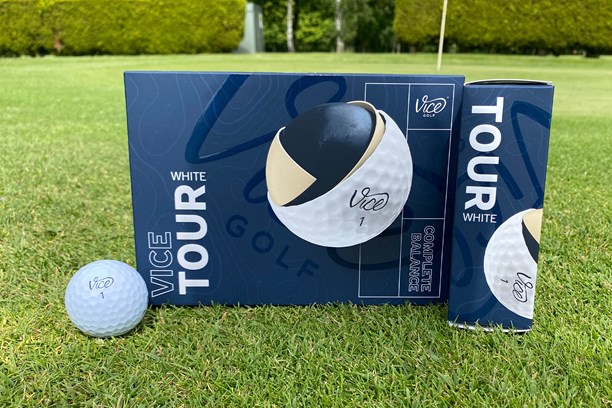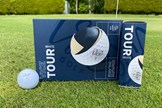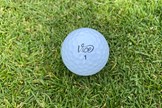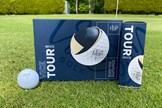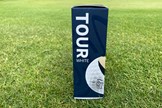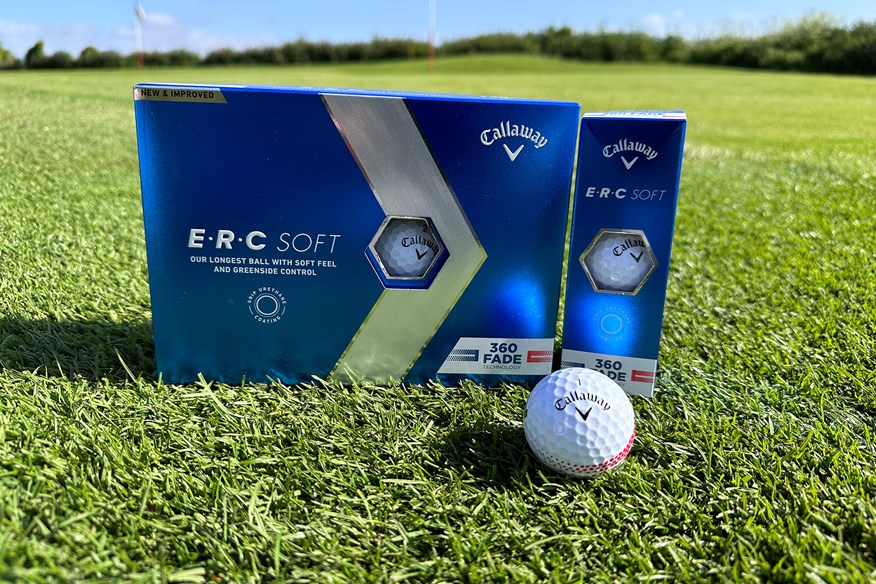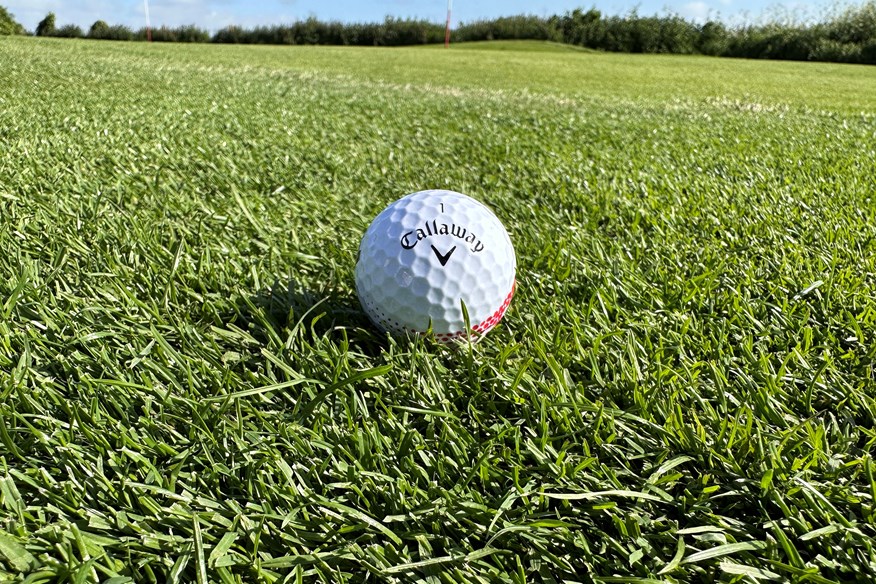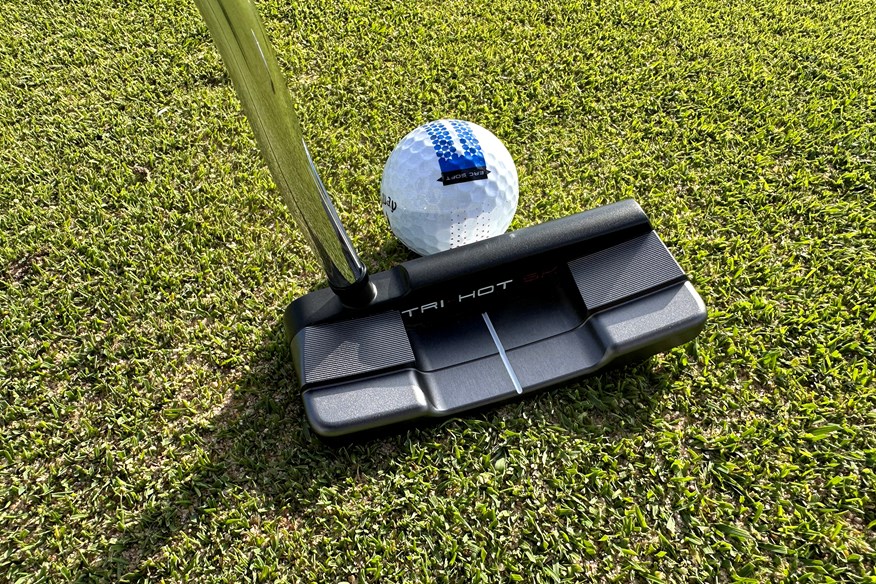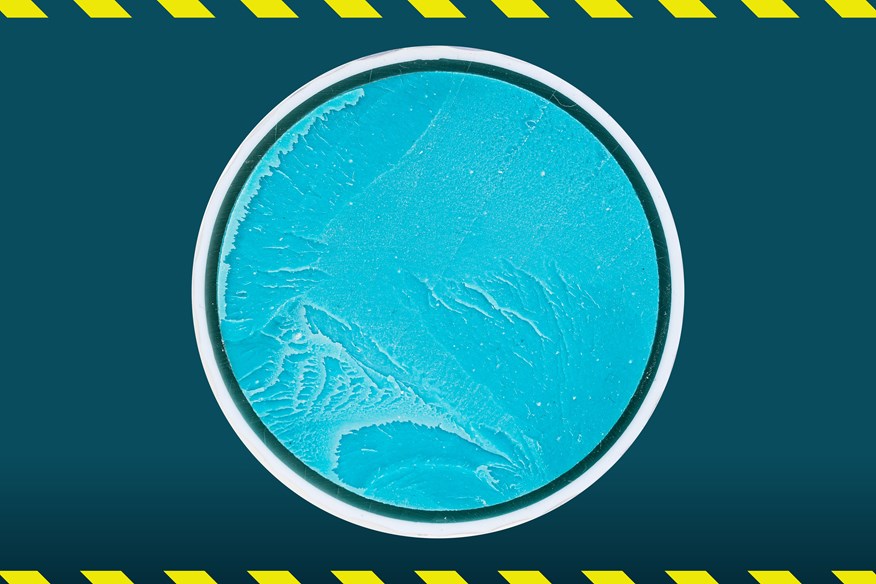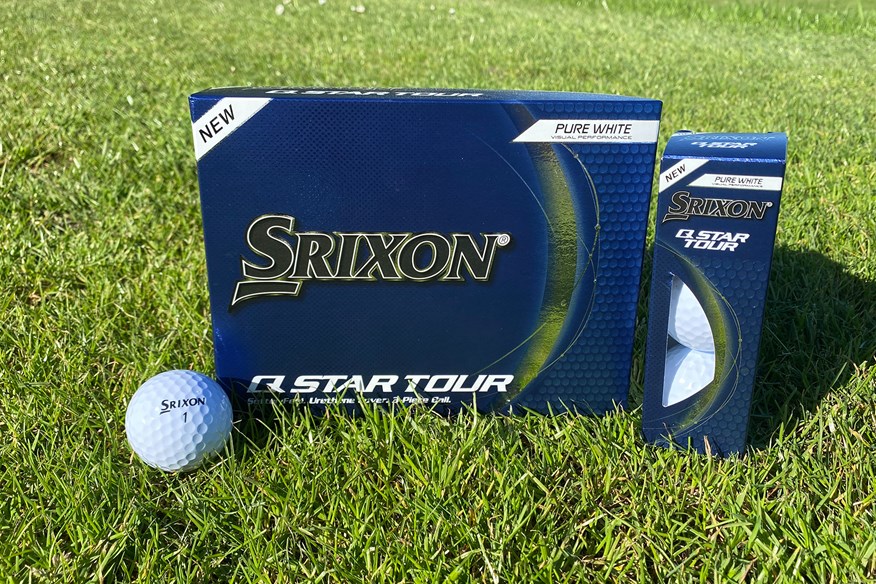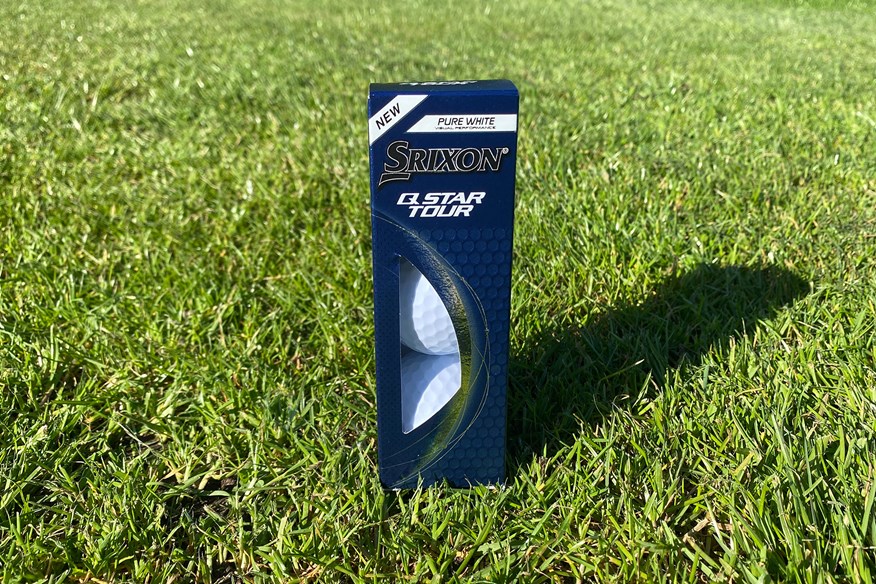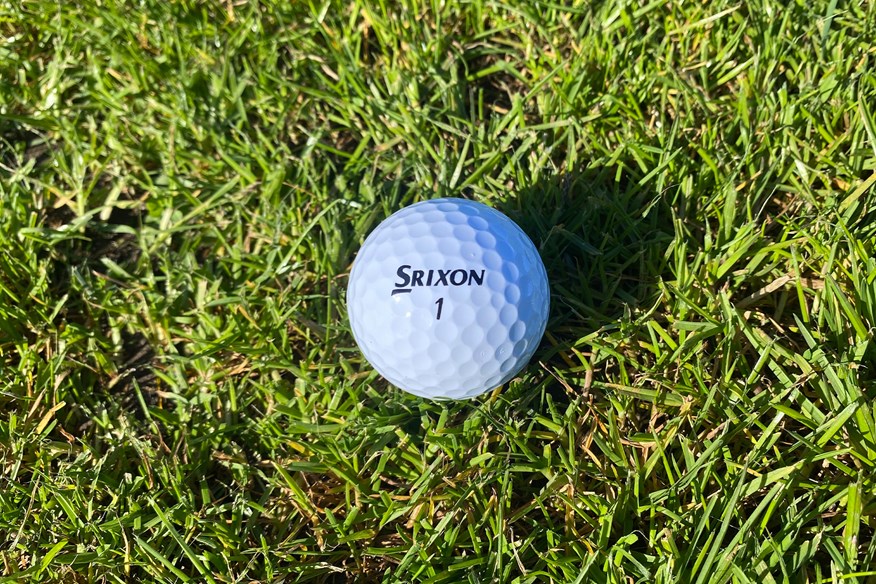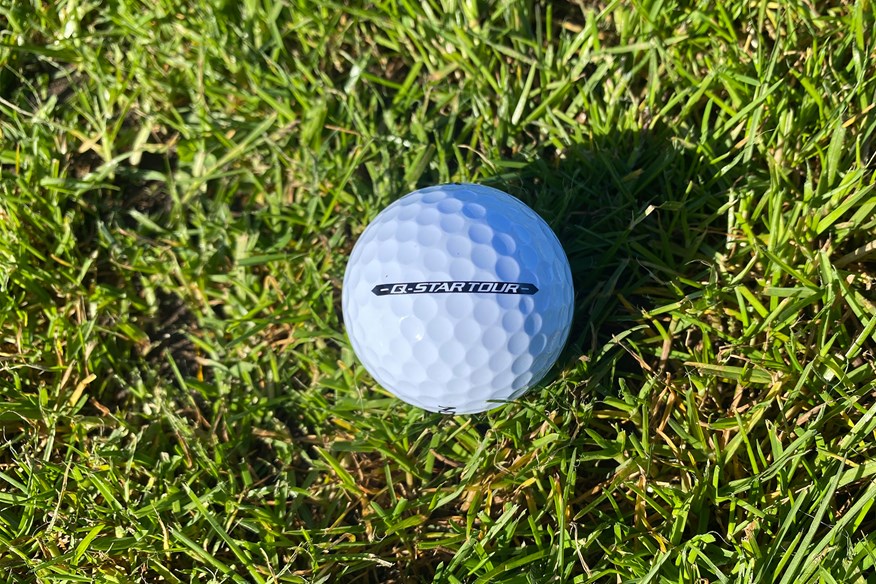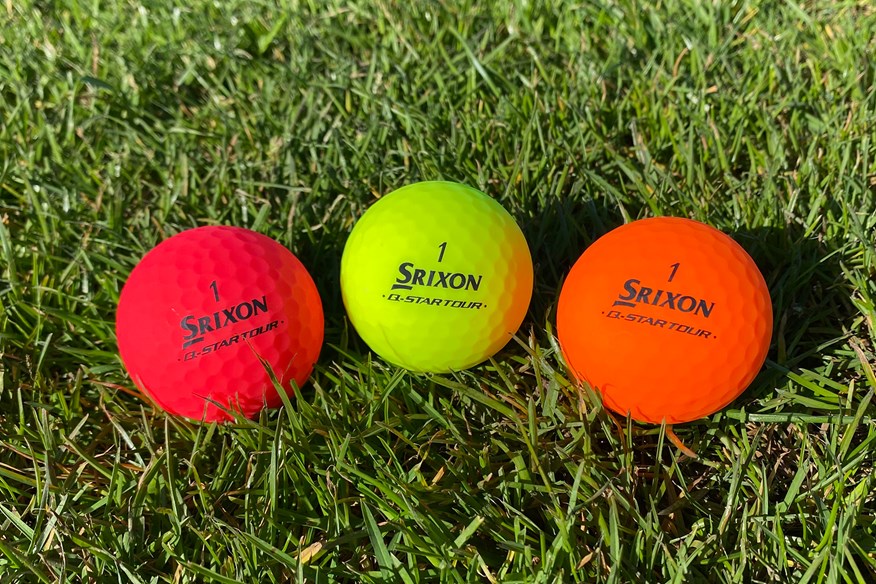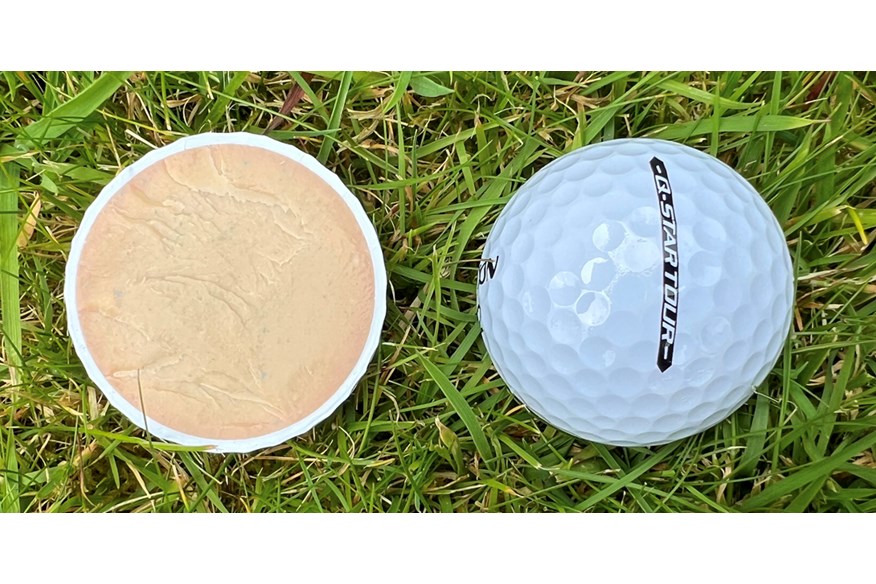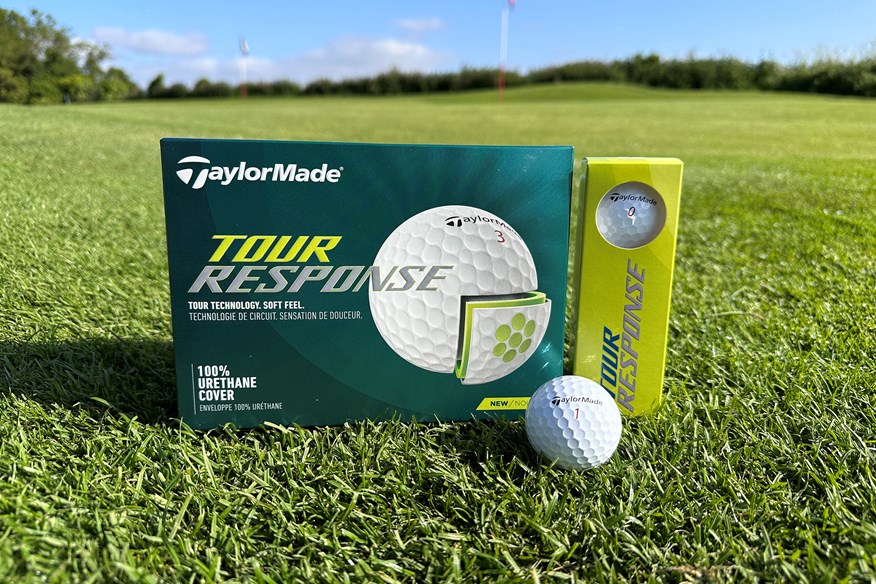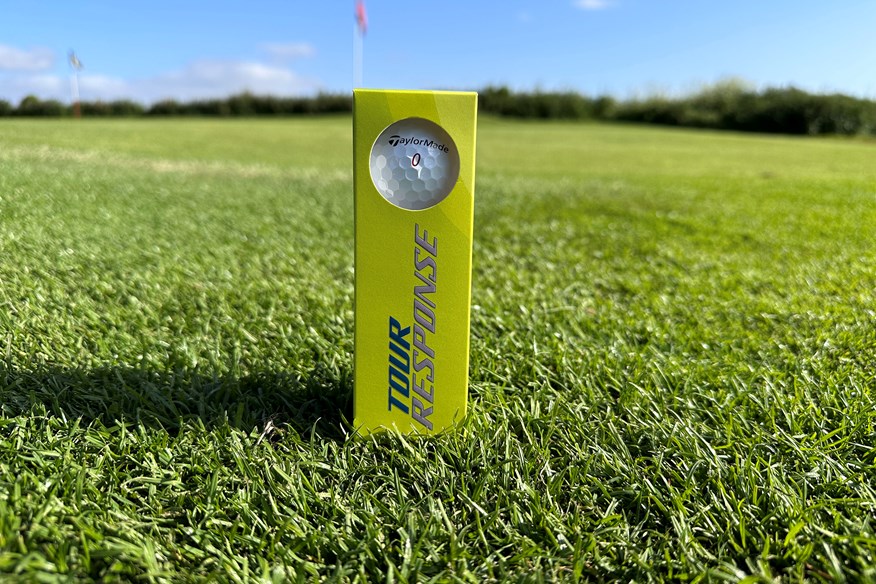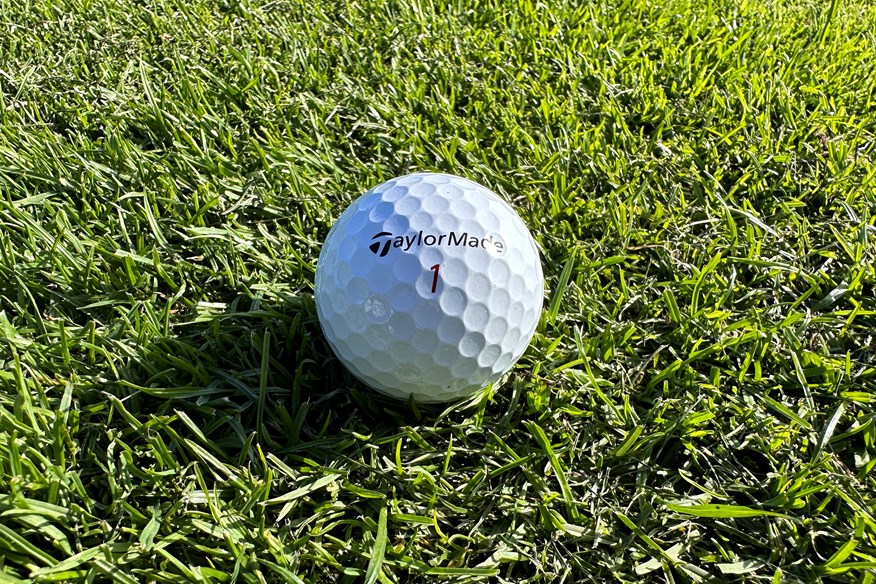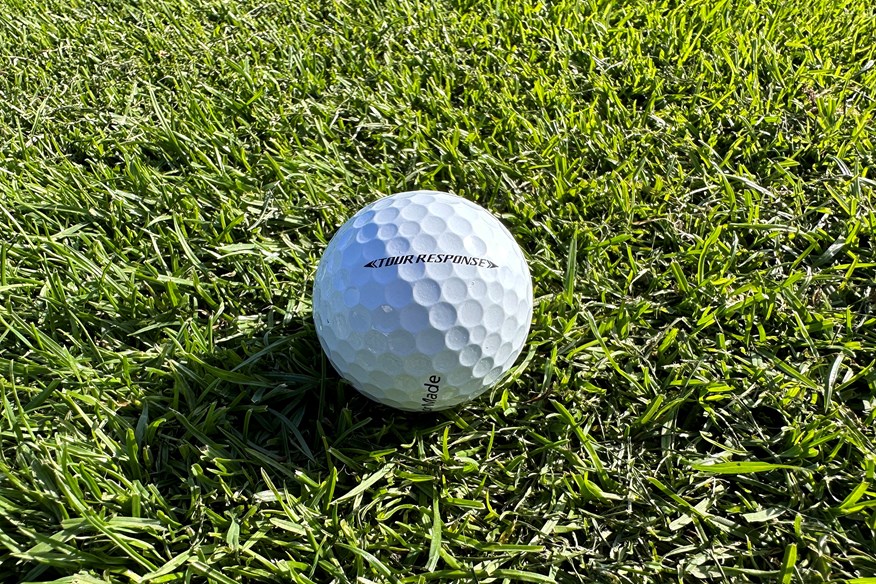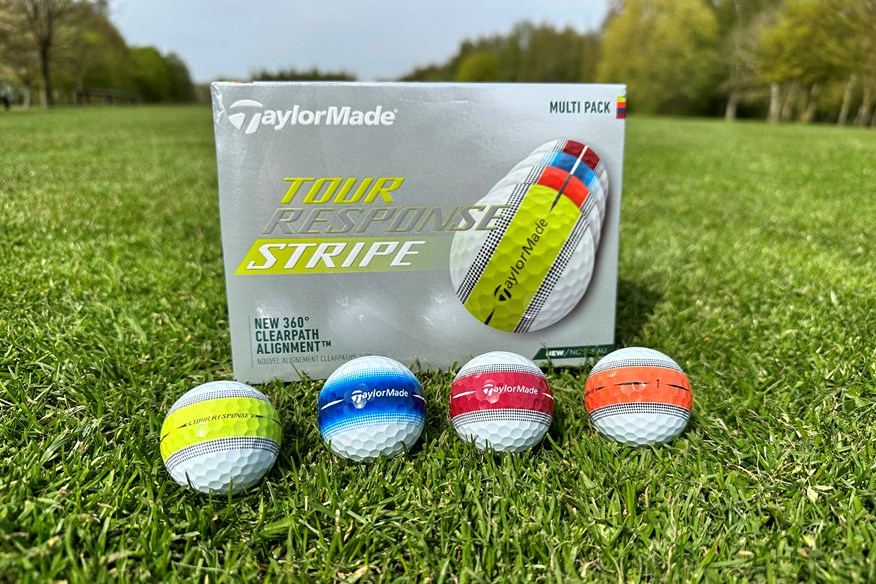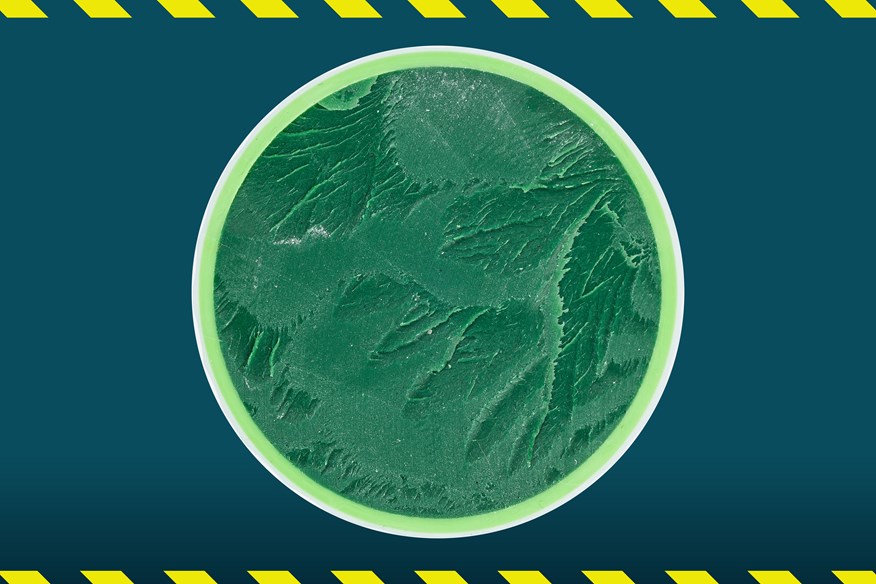A budget 3-piece golf ball, but has quality gone out the window? Vice Tour Golf Ball Review
Last updated:
-
At a glance
- TG Rating
- Owner Rating
-
Pros
- Consistent and tight dispersion
- Very true roll on the greens
- Impressive on-course distance
- Incredible value for money
-
Cons
- Not much grab on short approach shots
What we say...
Vice have added a three-piece non-urethane golf ball to their impressive roster, how does it perform?
Vice is undoubtedly one of the biggest Direct-To-Consumer (DTC) golf brands in the world. The German company was the very first DTC golf ball brand. Vice strives to manufacture golf balls that challenge the best golf balls in the game, and they’ve succeeded to date.
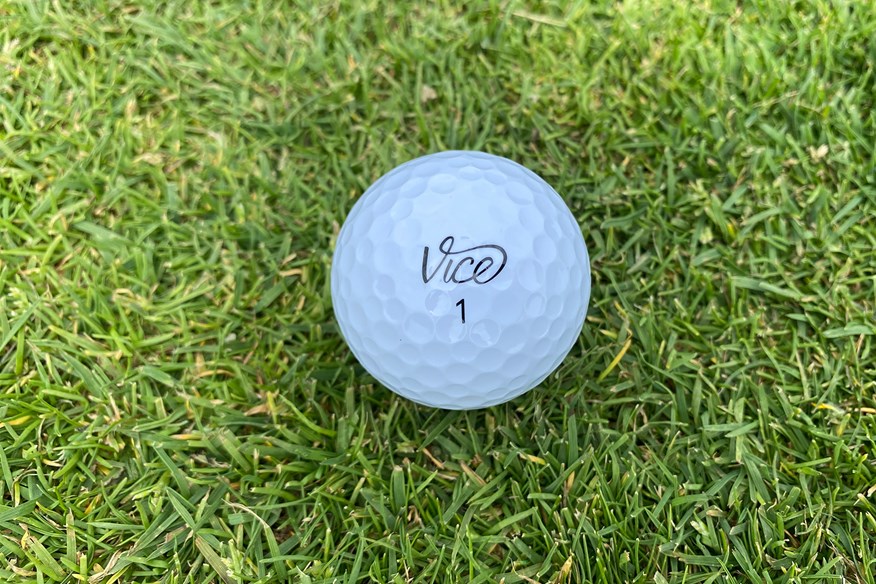
They have been manufacturing quality golf balls since 2012 intent on shaking up the golf ball market by “injecting tour-quality golf gear into every golfer’s game”. The majority of Vice’s golf balls are direct challengers to premium golf balls. However, their Tour golf balls are more of a competitor to the best golf balls for mid-handicap golfers at a very reasonable price.
Even though the golf ball marketplace is incredibly crowded, there aren’t many three-piece golf balls sporting a non-urethane cover. Three-piece golf balls are obviously very common in golf but there are only a handful not wearing a urethane cover – Bridgestone e12, Maxlfi Trifli, Mizuno RB Max, and of course, Vice Tour. Until recently there was also the TaylorMade Soft Response but that has since been replaced by the two-piece SpeedSoft.
I was very excited about taking the Vice Tour out for a test drive at Cleveland Golf Club, and I chose the perfect day for it – a breezy 13° on the North East coast of England – and here are my conclusions.
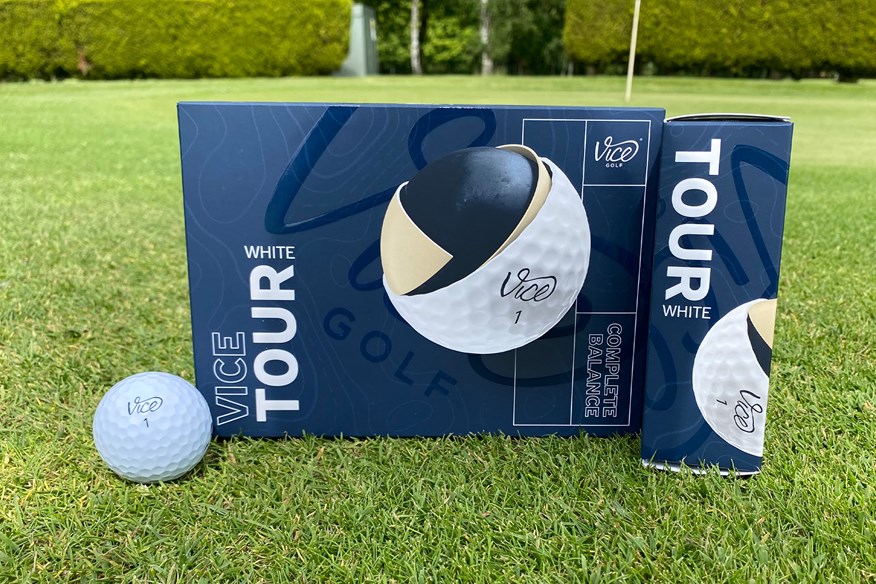

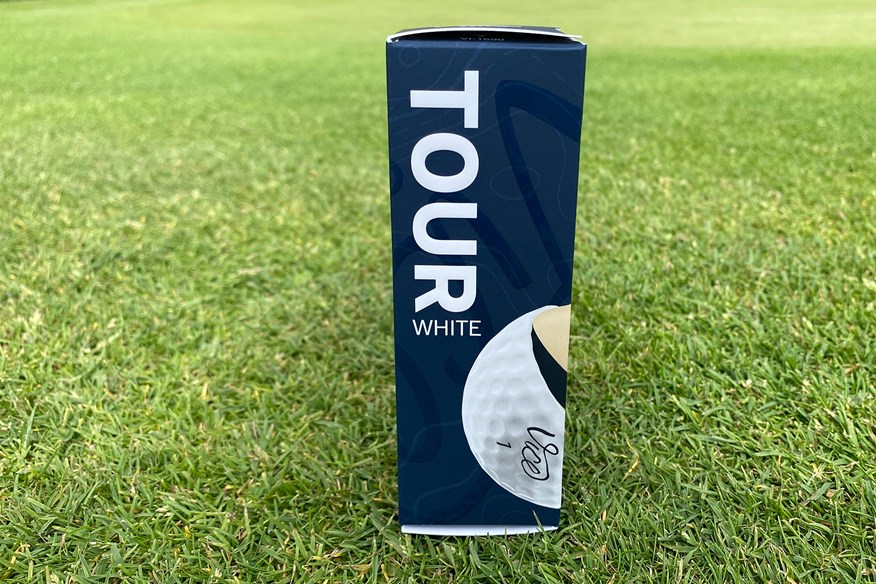

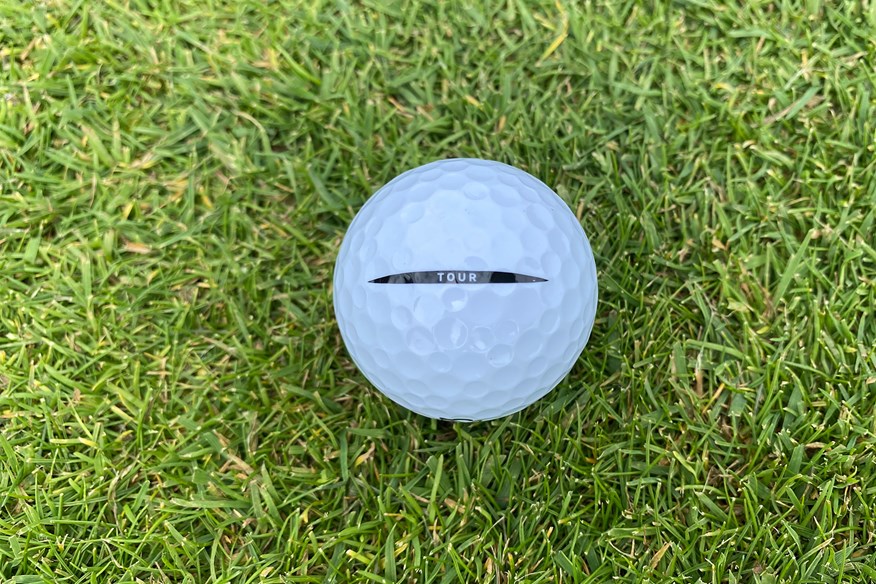
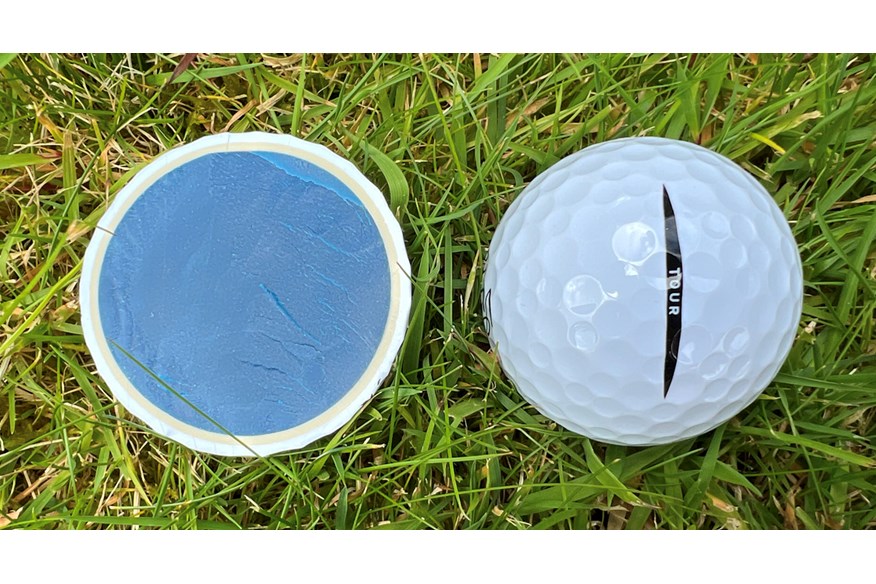
Pros
- Consistent and tight dispersion
- Very true roll on the greens
- Impressive on-course distance
- Incredible value for money
Cons
- Not much grab on short approach shots
| Construction | 3-Piece |
| Cover | Surlyn |
| Dimples | 312 |
| Feel | Medium |
| Flight | High |
| Long game spin | Low |
| Short game spin | Mid |
| Color options | White; Grey |
- Enhanced mid-acid Surlyn cover
- High resilience and low stiffness composition
- Size-optimized High Energy Speed Core (HESC)
Tee to Green Performance
I would be lying if I said that I didn’t have preconceptions about this golf ball following the results from our 2024 golf ball robot test. I was expecting this ball to perform much better on approach shots than it did out on the course.
I’m not saying that I have the ability to fire the ball 15 feet past the pin and rip it back so it nestles next to the hole, but I do know that with most golf balls I am capable of stopping them quickly with anything from a 7-iron down over (even on a links course).
Unfortunately, I didn’t see this happen when I played with the Vice Tour, which I was slightly let down by given that in our 2024 robot test the spin from a pitching wedge was higher than it was with the No.1 ball in golf – the Titleist Pro V1.
However, that being said, it didn’t take me long to account for some rollout, and I have to say it consistently ran out a few yards on the green, which is a positive because you can easily account for the release.

Playing on a Links golf course I obviously do account for a little bit of rollout because the ball rarely stops on a dime (unless it’s wet). But, the Vice Tour was rolling out further than I’d expected, so I put it to the test alongside a Wilson Staff Model X – which I’ve been playing with most of the summer.
I hit both with a pitching wedge relatively well, they traveled a similar distance through the air but the Wilson Staff Model X came to a standstill much quicker. You might be thinking “they’re two completely different golf balls” and you’re right to think that. However, in our 2024 robot test the Vice Tour only produced 56 fewer revs of spin with a pitching wedge than the Wilson Staff Model X. Although, on the golf course this seemed to be a much greater gap.
Despite not being as impressed with this golf ball’s spin on approach shots as I was by its results in our 2024 robot test, one thing I was pleased with was how well and far it traveled. Off the tee I wasn’t hitting the ball particularly well and this ball definitely got me out of jail on a couple of occasions by still rolling out well.
I definitely sit closer to 115mph driver swing speed than 100mph and in our 2024 robot test the Vice Tour produced the least amount of driver spin at the fastest swing speed we tested which might be why the ball flight for me wasn’t what I wanted but why the ball still traveled far because it was running out more than my usual golf ball.
One area where I was really impressed with the Vice Tour was how it propelled off the face of a long iron. I was playing into a moderate 20mph wind for many of the holes so I was relying on a 4-iron to 6-iron to hit GIR. Distance was strong even into the wind, and there’s a more pleasant feedback from this ball than I felt from any of the golf balls In Vice’s Pro range.
Playing down breeze I managed to sail a 4-iron longer than 250 yards (sadly into the rough through the back of the green) which I couldn’t help but be amazed by because I would never expect my 4-iron to carry that far.
Durability
Having spent some time at the short game area playing chip shots and pitch shots from the short grass, long grass, and bunker I didn’t see many signs of wear on any of the golf balls. There was the odd stain but they wiped off very easily.

Heading to the first tee I was hopeful that a Vice Tour golf ball could last an entire round of golf. Other than a slight scuff I noticed when I was teeing off on the 6th hole I didn’t see any other signs of wear on the golf ball before that point and no other blemishes appeared after that point.
Overall, I would say that the Vice Tour is a very durable golf ball because I must have played well over 100 shots with the golf ball I played with during my round (adding in the shots at the short game area) with at least one-tenth of them coming from the sand.
Personally, I never play more than one round with one golf ball but if you’re someone who does then the Vice Tour is definitely durable enough to withstand more than one round of golf.
Versatility
The versatility of a golf ball refers to the range of golfers that particular golf ball is suitable for. I would say the Vice Tour is a suitable option for a wide range of golfers because, as a whole, it’s a decent well-rounded golf ball.
In our 2024 robot test, the Vice Tour emerged as a very middle-of-the-pack golf ball at all three driver swing speeds that we tested. At every driver swing speed, it was between 3-5 yards short of the longest ball at that swing speed. Spin was consistently towards the lower end and that translated through to the 7-iron as well. Low spin off the tee and from the fairway is definitely something I noticed out on the course.
I also felt like this ball produced less spin in the short game than it did in our 2024 robot test where it ended the test as the fifth-highest-spinning golf ball from a pitching wedge. Taking just the results from our 2024 robot test, the Vice Tour emerged as a solid option for all golfers to consider.

Whether you have a fast swing speed or a slow swing speed the Vice Tour should definitely be on your radar. If you’re in the market for one of the best low-spin golf balls it’s worth considering this model even though it did spin highly with the robot I didn’t think it was too strong on the course.
Granted, the Vice Tour isn’t really challenging the best distance golf balls but that’s not to say its distance isn’t competitive. With there being so few three-piece non-urethane golf balls on the market this was the only one we tested in our 2024 robot test, but it outperformed many of the three-piece urethane golf balls and for this, it won the award for the best club golfer balls.
Feel and Response
I wouldn’t go as far as to say the Vice Tour is a soft-feeling golf ball or a firm-feeling golf ball. I would place it somewhere in the middle, with a medium feel.
Having played with Vice’s Pro Plus, Pro, and Pro Air golf balls I would say that this golf ball is more responsive than all of those. The feel off the face isn’t as profound as other golf balls I’ve played with but it definitely isn’t as muted as other Vice golf balls.
This helps to provide more feedback from your shot, which I something I like, but it isn’t something that every golfer wants. The responsiveness of the Vice Tour could be better but for a golf ball with a Surlyn cover it’s pretty good.
Before leaving you with my final verdict of the Vice Tour here is the data and verdict from the 2024 golf ball robot test. The bold numbers inside the brackets indicate the ranking against the other 23 models in the test.
Robot test data and verdict: Vice Tour
| Driver 85mph Swing | Vice Tour |
| Ball speed (MPH) / Launch angle (º) | 123.9 / 13.6 |
| Backspin (RPM) | 2,428 |
| Carry (YDS) | 190.3 |
| Driver 100mph Swing | |
| Ball speed (MPH) / Launch angle (º) | 144.1 / 13.7 |
| Backspin (RPM) | 2,365 |
| Carry (YDS) | 241.1 |
| Driver 115mph Swing | |
| Ball speed (MPH) / Launch angle (º) | 165.5 / 11.5 |
| Backspin (RPM) | 2,072 |
| Carry (YDS) | 278.9 |
| 7-Iron | |
| Ball speed (MPH) / Launch angle (º) | 107.9 / 21.4 |
| Backspin (RPM) | 4,967 |
| Height (YDS) | 31.9 |
| Descent angle (º) | 44.9 |
| Carry (YDS) | 156.3 |
| Wedge | |
| Backspin (RPM) | 7,926 |
| Shot area (SQ YDS) | 3.1 (T3) |
| Carry (YDS) | 104.9 |
| Average Shot Area | |
| Averaged over driver, 7-iron and PW | 29.8 SQ YDS |
VERDICT: Vice Tour
Getting a three-piece ball to market for this price is a serious achievement as most around this price point come with a two-piece construction. However, unlike most 3-piece balls the Vice Tour sports a Surlyn (non-urethane) cover like the competition. It’s the stiffer cover material though that probably brings an extra degree of performance to this particular three-piece golf ball.
In a sector of the market that’s tough to understand as brands go at it in very different ways I believe Vice has just about nailed the Tour. Where the Srixon Q-Star Tour and Vice Pro Air go for distance through lower spin in the three-piece club golfer category, the Kirkland Signature offers tons of wedge and iron spin which costs valuable distance. Whereas the Vice Tour just about manages to hit the middle ground.
I say that as the Vice Tour at 85 mph and 100 mph with the driver is longer than the Srixon Q-Star Tour, Snell Prime 3.0, Vice Pro Air, Kirkland Signature V3, and Callaway Chrome Soft all of which reside in the three-piece club golfer category and will set you back more money.
But unlike other balls that are long with the driver, the Vice Tour ranked fifth overall (of the 24 balls tested) for wedge spin which is really impressive considering the Surlyn cover. With 7926 rpm of wedge spin, incredibly the Vice Tour also out-spun the Titleist Pro V1, TaylorMade TP5, and Callaway Chrome Tour, all of which are premium golf balls.
If there’s one small fly in the ointment it’s how iron spin dropped below the 5K rpm mark (4967 rpm). But in way of compensation, the Tour was our 4th longest iron ball (missing out on the top spot by just 0.2 yds), it flighted shots higher than our test average with a steeper descent. So, for the price of a budget ball, this is a very strong performer.
Final Verdict
Having played with the Vice Tour after the conclusion of our 2024 robot test I inevitably had preconceptions on how this golf ball would perform on the golf course. Some of the thoughts I had about this golf ball were consolidated and others were altered after I took it out for a spin at Cleveland Golf Club.
Despite this being the case, my resounding verdict is that I’m definitely a fan of the Vice Tour. Even disregarding its value for money, this golf ball is a brilliant option for a whole host of golfers because it’s a consistent golf ball from tee to green, but adding to it the fact that it is such great value it only makes the deal sweeter.
If you tend to play with one of the best premium golf balls then you still might want to consider the Vice Tour. However, it’s definitely a model to throw into the equation if you’re looking for one of the best golf balls for mid-handicappers or if you tend to play with one of the best golf balls for beginners and high-handicappers.
